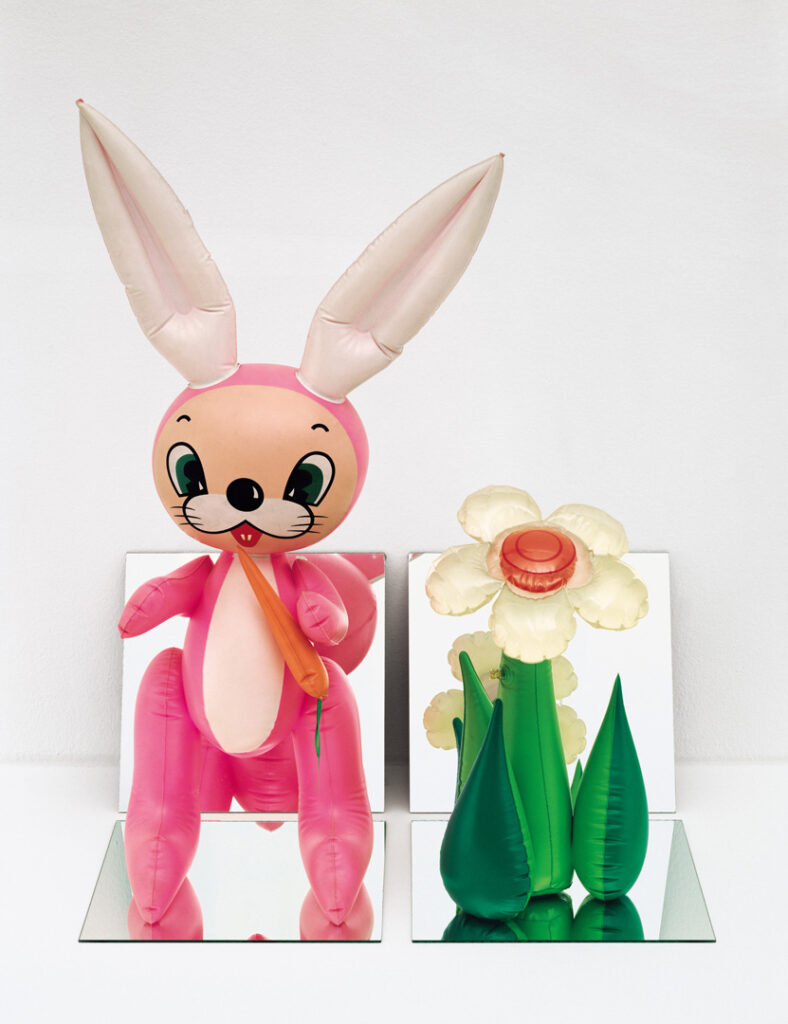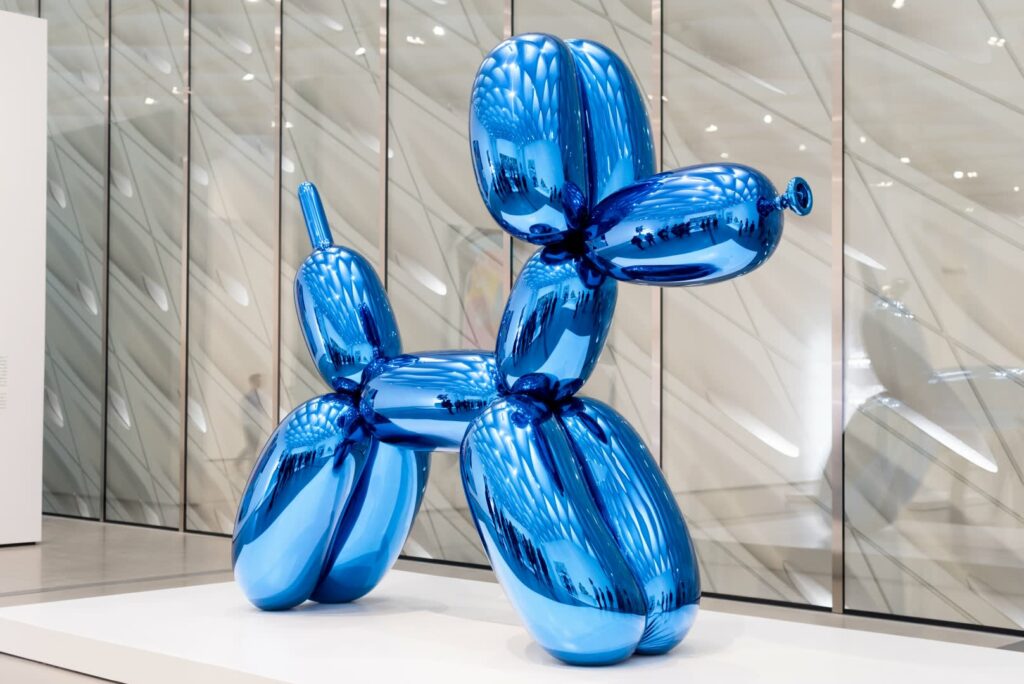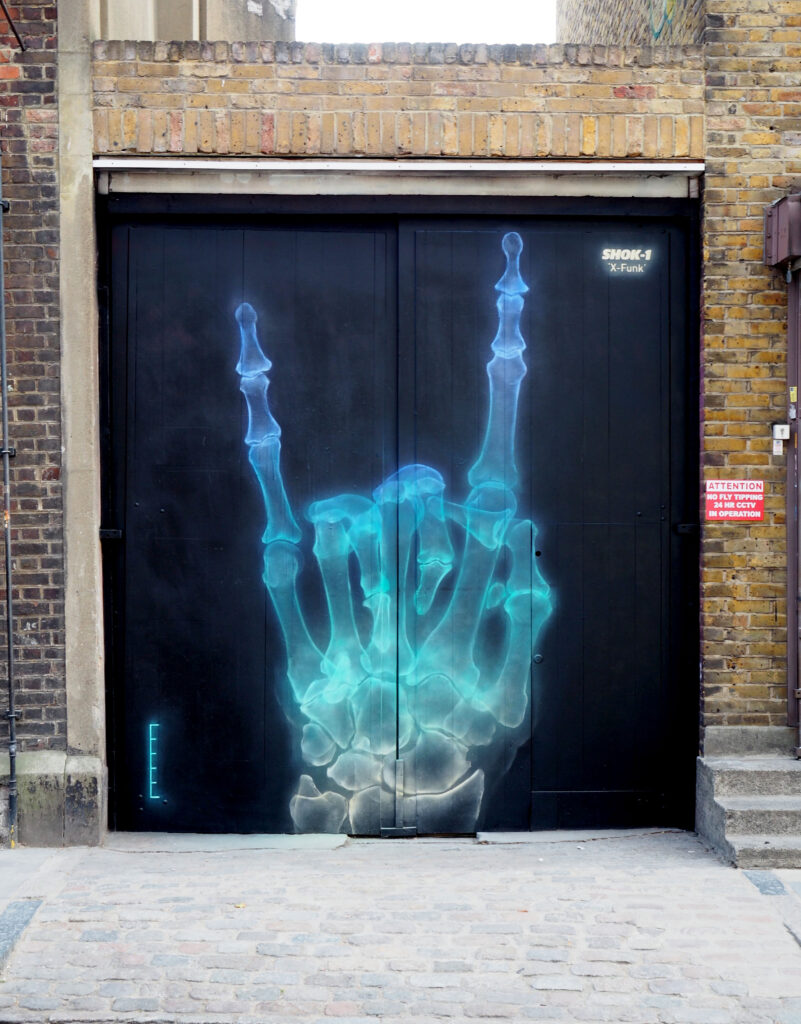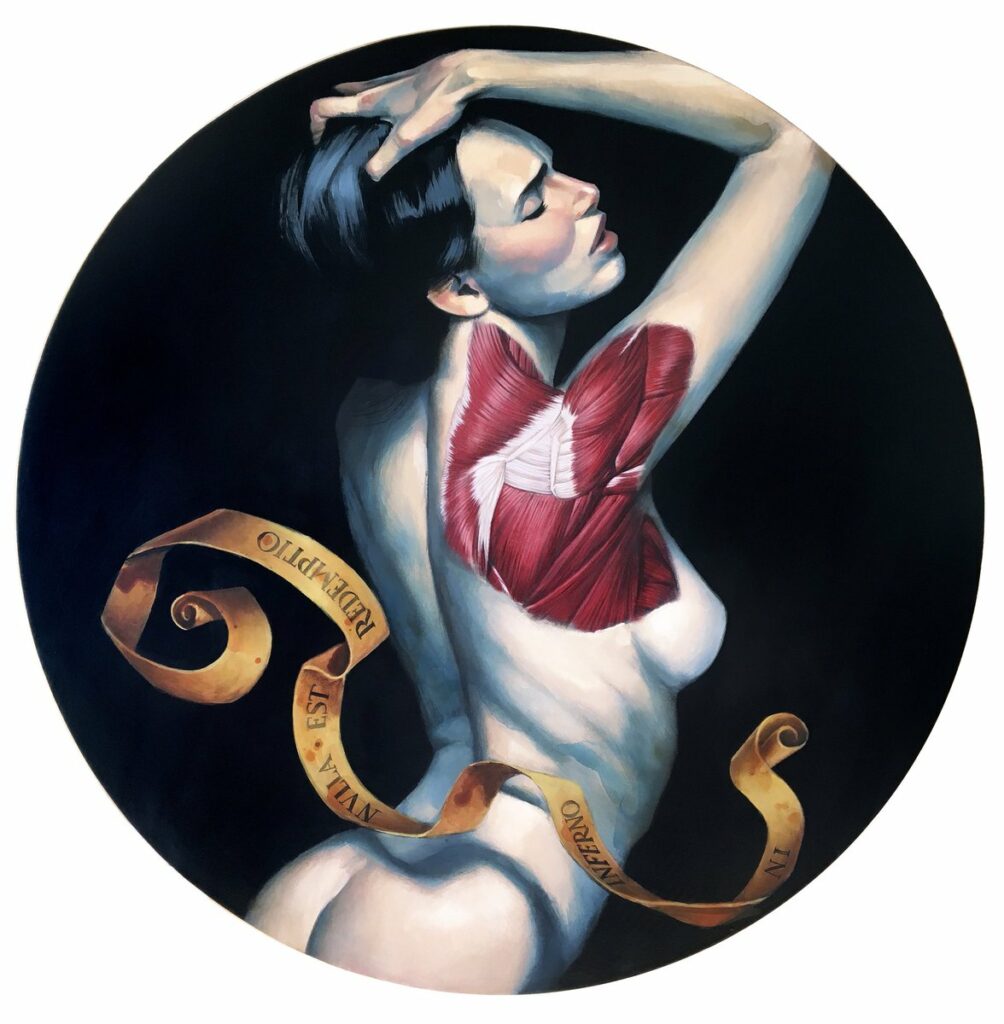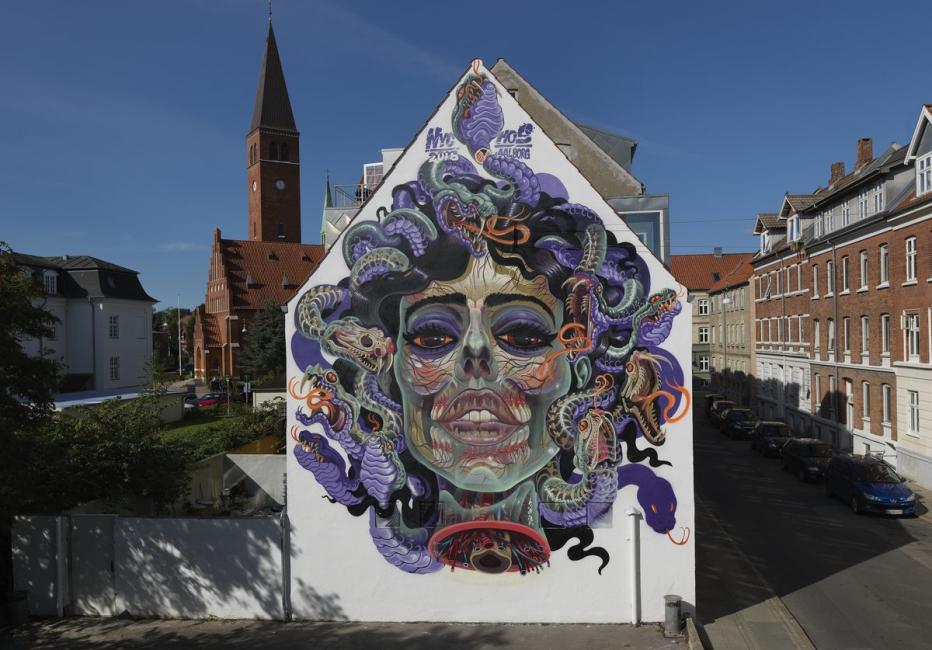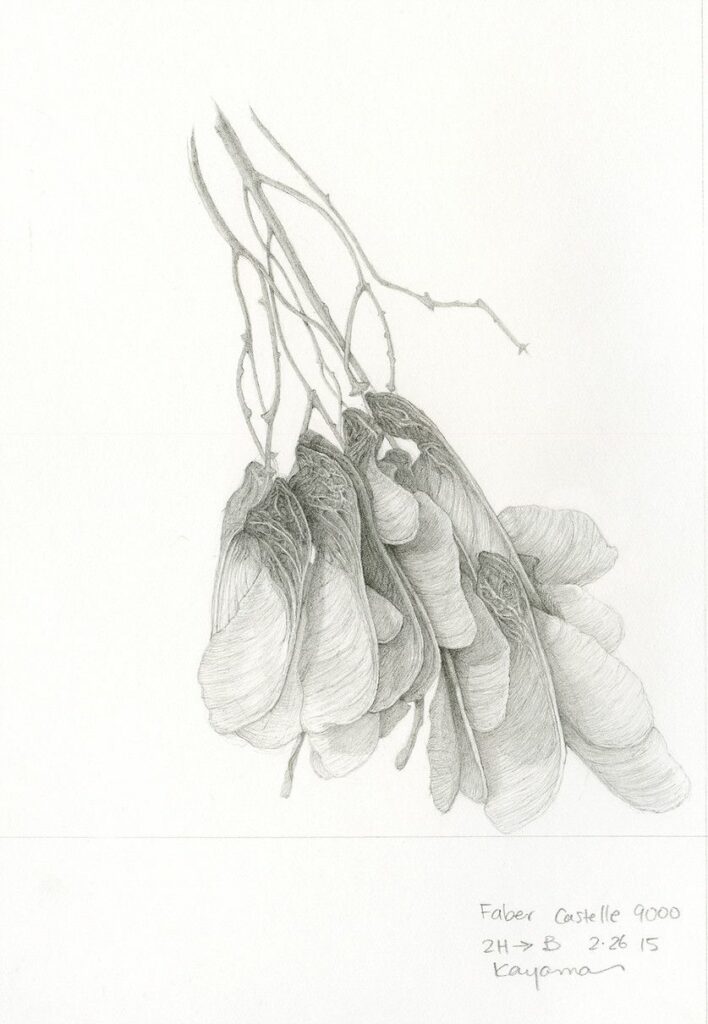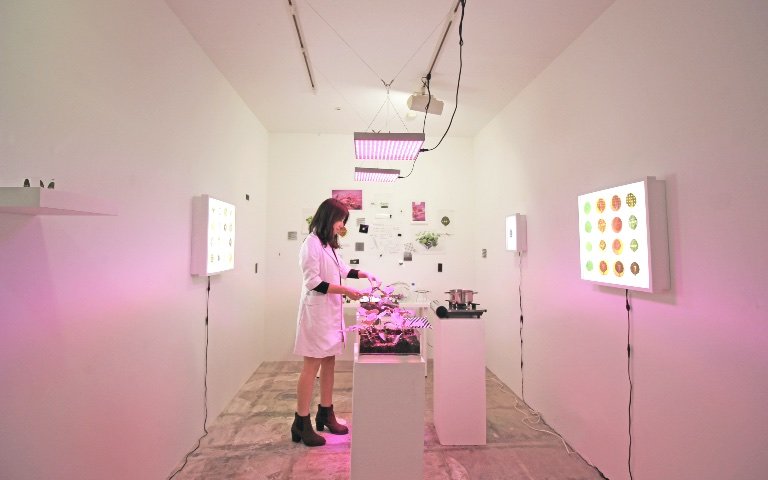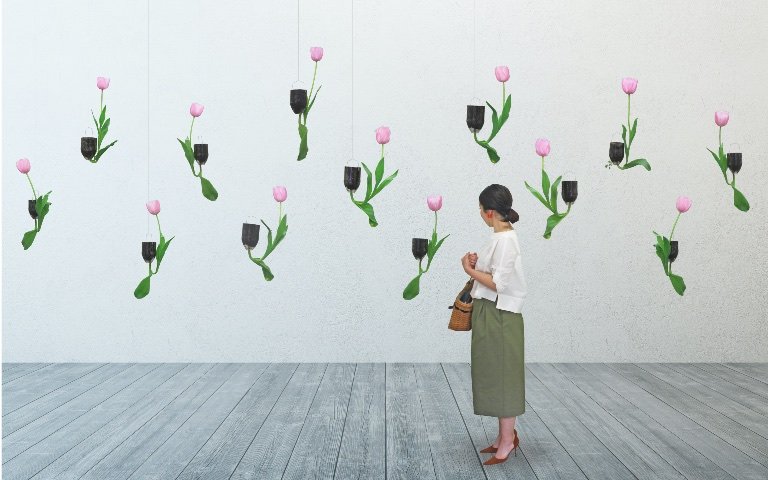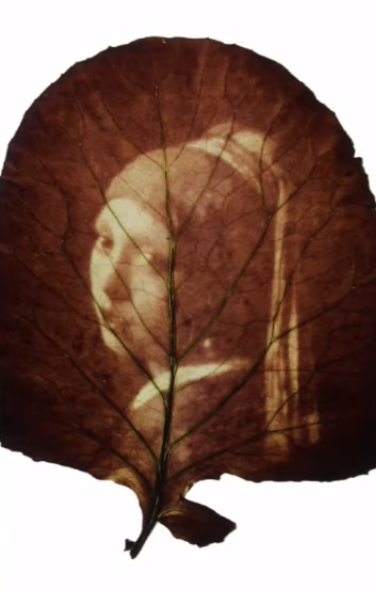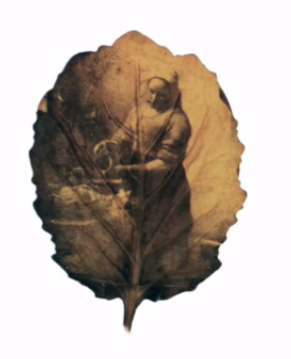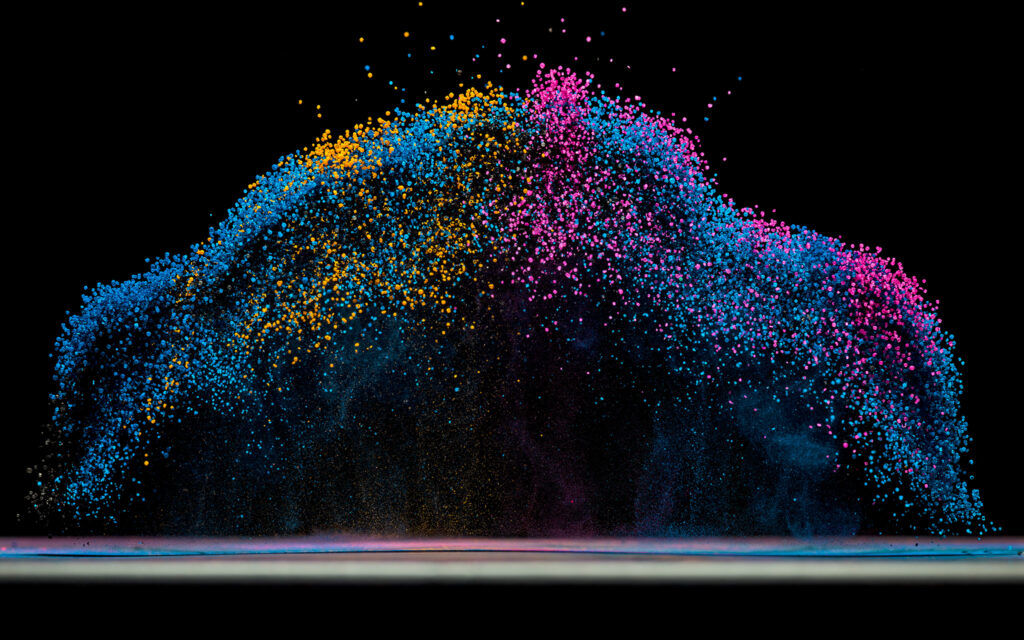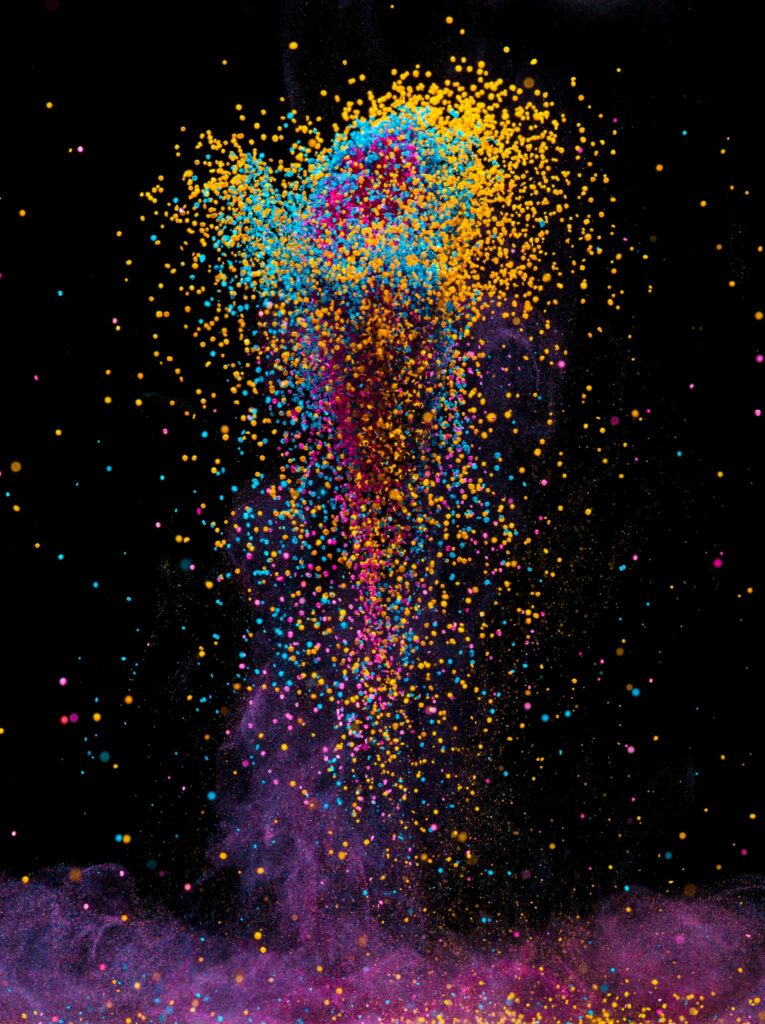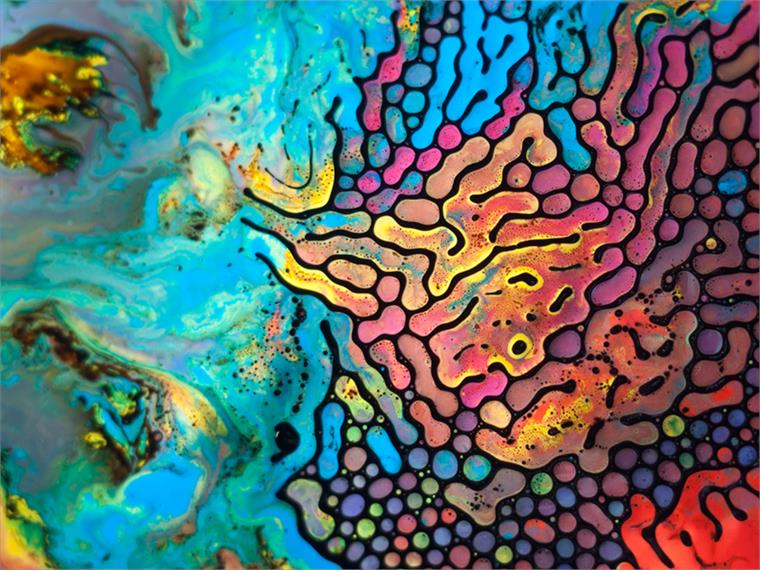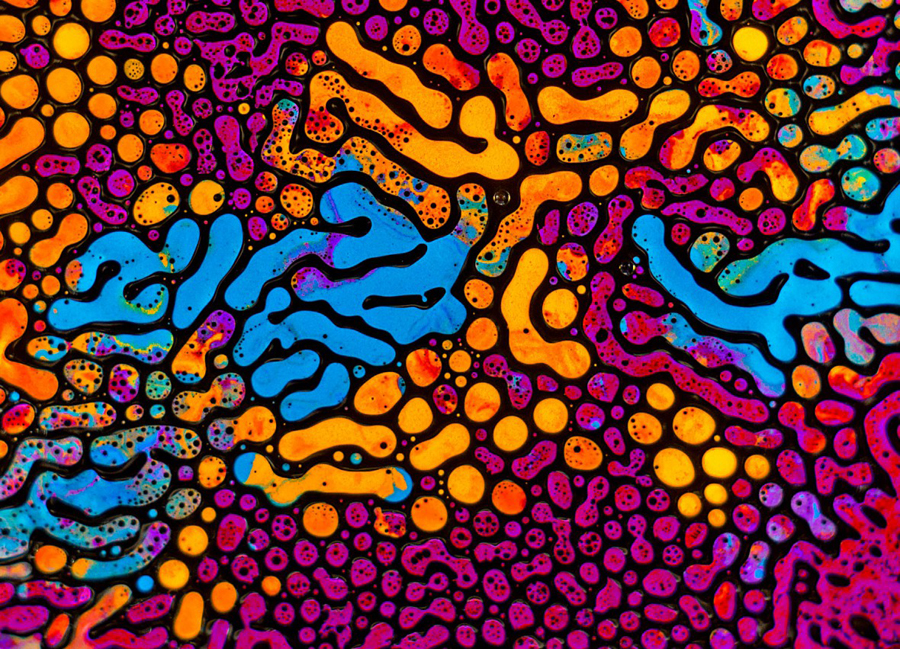This post will show best practices and interesting projects, products, and services that benefit mental health.
Emotional First Aid Kit
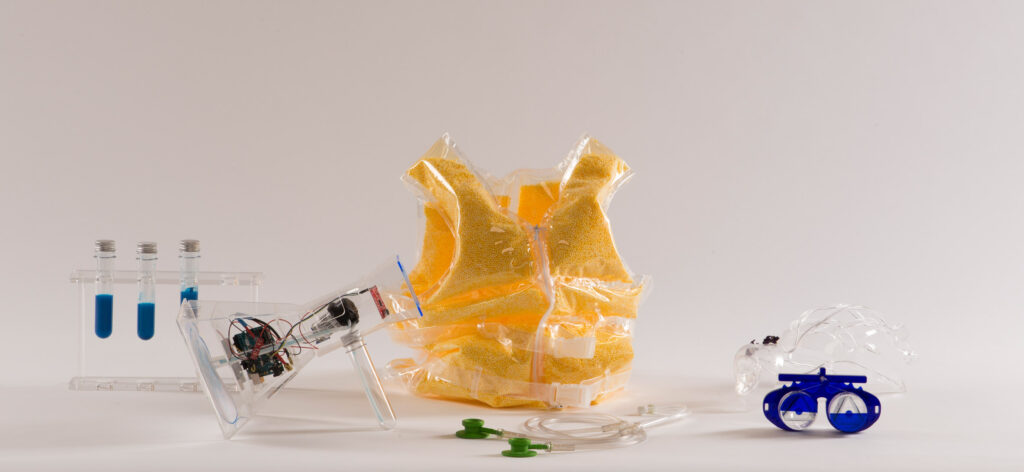
Sun, a graduate of the MA Industrial Design program at London’s Central Saint Martins, developed a toolkit to cope with stress and provide comfort.
The purple breathing mask emits calming scents when the user inhales, allowing them to think clearly in intense situations. The Indigo Third Eyeglasses have three lenses to remind the user to use their “third eye” and look at things from a different perspective, while the Blue Stress Buster is a portable speaker that visualizes sound with blue ink. Should the user get involved in an argument, the Green Meditating Stethoscope helps them tune into their breath and meditate, and a Yellow Confidence Booster is a super-light padded jacket that helps people who “lack the confidence to solve dilemmas or address a situation” [1].
Wakeout!

Moving is proven to reduce stress, makes you feel more energized, and enhances your mood. Lots of people have no time to work out and spend hours a day sitting on a desk. “Wakeouts” are movements that are fun, brief, and can be done just about anywhere, anytime. The app has over 1000 exercises and hundreds of routines designed in a variety of places over 2 years.
Quick Breaks are 1-minute, 4-movement routines that you start with a tap. Active Work Timer allows you to schedule recurrent active breaks to have a healthier workday. Wind Down routines helps you sleep better with relaxing routines before bedtime. Wakeout for Apple Watch lets you squeeze in 30-second Wakeouts right on your wrist. The new iOS 14 widget lets you start 1-minute quick breaks right from your Home Screen. Schedule up to 4 reminders to make sure you don’t stay sedentary for too long. You can also browse the massive library of location-specific movements and filter by mood (energizing, relaxing, intense, or fun), and by length (1 movement, 3 or 5) [2].
Naked Doorway by Marina Abramović

When I first visited an exhibition by Marina Abramović I was shocked – in a very positive way. Her works are dealing extensively with the human mind and intense emotions. Abramović’s performances deal with love, shame, inner demons, and the whole palette of emotions. 0ne of her most popular performances is the naked doorway where two naked persons, a male and a female stand in a doorway staring at each other while visitors should walk through them. I think it helps people to overcome their insecurity about their bodies and sexuality in general. Even though it’s such a brief moment, it definitely has an effect on many people who find it beautiful how this performance creates an intense experience with the outcome of learning to deal with the naturalness of our bodies. Its purity puts the human-being and their relationships in its simplicity into focus, which I find wonderful.
Therachat
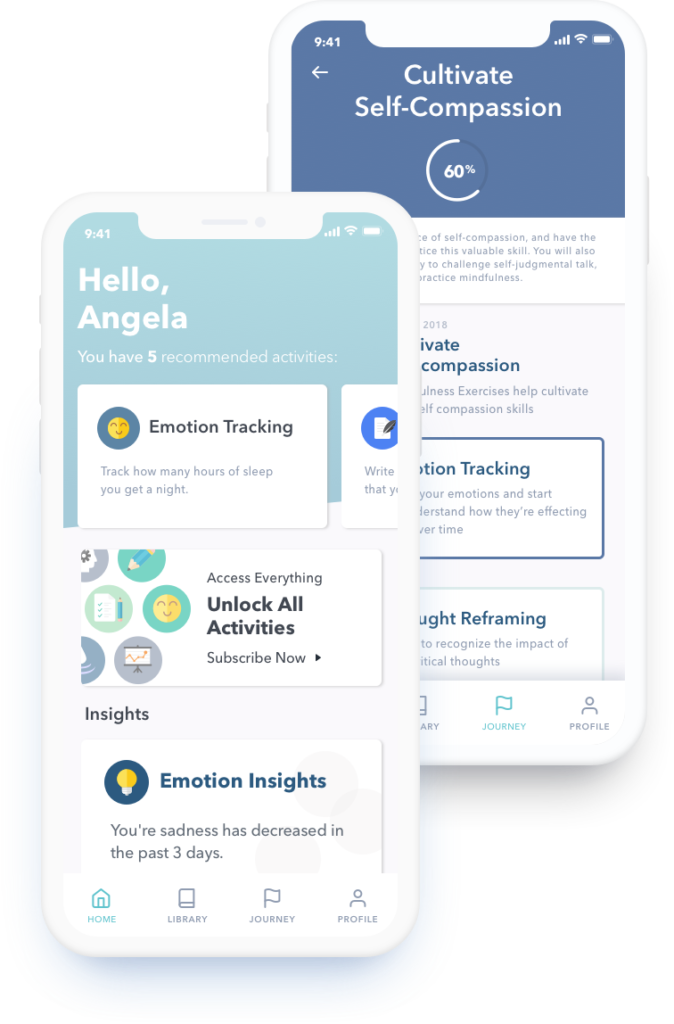
Therachat claims to improve your mental health by offering Journeys which are bundles of evidence-based therapeutic activities to help you achieve specific mental goals. You can learn simple breathing techniques to cope with stress. As a sort of modern diary you can track your emotions to realize how they affect you over time. By reframing your thoughts you could break through common negative thought patterns.
The activity library:
- Assessments
- Brainstorming
- Coping Skills
- Emotion Tracking
- Journaling
- Mindfulness
- Psychoeducation
- Skill Building
- Thought Reframing
- Trigger Tracking
Therachat can be used by yourself or with your therapist. Using it with a therapist will increase the effect it has on you, so that you get more out of every session. Your therapist will be able to assign you custom activities relevant to your treatment and you’ll be able to securely message your therapist in between sessions.
References:
[1] https://www.dezeen.com/2017/06/22/emotional-first-aid-kit-designed-help-those-stressful-situations-design-graduates-central-saint-martins/
[2] https://apps.apple.com/us/app/wakeout-active-breaks/id1242116567
[3] https://www.therachat.io/
[4] https://channel.louisiana.dk/wp-content/uploads/2017/10/ABRAMOVIC_Marina_and-Ulay_A-Door-of-the-Museum_1200x675_NYT-SITE.jpg
